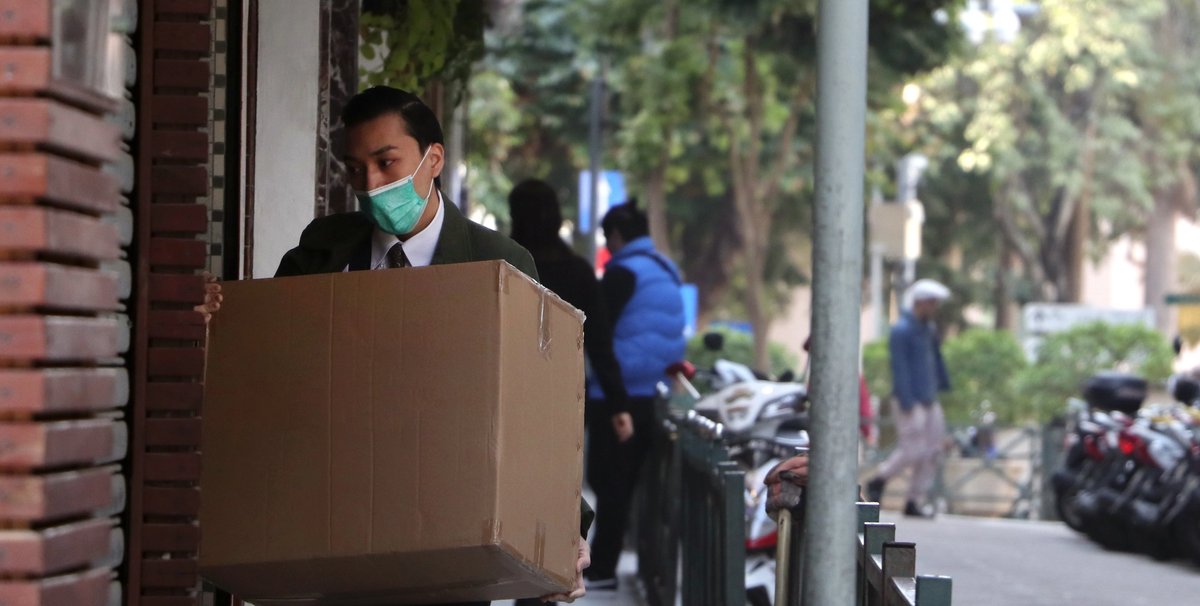It goes without saying that during the coronavirus pandemic, normal purchases of any goods have shifted from people wandering into actual shops to the safety and distancing of buying online. This is just as much the case with fine art as it is with groceries and books and giant over-sized bags of dried rice. Chef David Chang of Momofuku, who has closed two of his restaurants permanently, warned that the industry faced a “morbidly high business death rate”, and most smaller eateries would be forced to close, some to reopen in another form post-virus, some disappearing forever. Could this also be the case for the art galleries and brick and mortar auction houses in the world of fine art?
The early internet boom was considered by some as a death knell for physical galleries and auction houses, but as Mark Twain once said, the rumors of this demise were greatly exaggerated. It turned out that, while people did shift to buying art online when it came to mid- and low-level art, the high-end remains in the elitist realm of fancy galleries and physical auction houses. A significant component of this is the fact that buying high-end art involves conspicuous consumption. Art collectors who buy at blue-chip establishments like to go there in person, to see and be seen. They are wealthy and influential enough to weather the Covid-19 storm and so the businesses that cater to them will do so, as well. Shed not a tear for Christie’s and Sotheby’s, for Gagosian and White Cube. While the big players in brick and mortar will stay afloat and rebound, smaller local auction houses and regional galleries may be washed away when the art world resurfaces after isolation.
Less expensive artists—the art world’s 99%—whose work sells for three or four figures, were helped by the internet’s growth more than anyone else. This is the level of art that a middle-class collector, who is not flying to London and Hong Kong to attend auctions in person, can actually afford.
But during a pandemic, even the elites are no longer travelling to those luxury galleries and auction houses. Auctions have been paused because doing them via Zoom or telephone has none of the Casino Royale pizzazz, the showmanship that the high rollers enjoy and that leads to the highest prices.
And what of online buying? It was a growing focal point even before the virus, but anyone wishing to invest in art and still collect during quarantine will now find a wealth of options. It can be a very mixed bag of art that is available, and it is oftenup to the individual browser to separate the wheat from the chaff. Some might see this as a good thing—who’s to say that some curator or advisor you’ve never met should tell you what’s good and what isn’t. But that is what the art trade is used to. Arbiters of taste have been patrons first themselves, back when art was not made on spec but always commissioned, and art dealers took over that role from the 17th century onward. So many buyers do not rely on their own instincts but look to experts to tell them what they are supposed to like. Proper patrons would buy directly from artists, since it costs less and it feels more wholesome—like buying your greens from the farmer that raised and harvested them rather than a supermarket.

To promote its artists and to help pay the rent, New York’s Signs and Symbols Gallery has engaged artists to create 20 original drawings on postcards, each of which will be sold and sent by snail mail
The pandemic has also created a more symbiotic relationship between galleries and artists. The smaller galleries that truly cultivate their artists are asking for help, and helping their artists in turn. Take, for example, Mitra Khorasheh, the founder of New York’s Signs and Symbols Gallery. To promote her artists and to help pay the gallery’s rent, she’s engaged them to create twenty original drawings on postcards, each of which will be sold and sent by snail mail.
Part of the delight of this sort of gallery-artist symbiosis is that it incorporates not just art but an experience to go along with it. Buying from most online galleries amounts to an experience little different that ordering something on Amazon. You browse, click and a brown box arrives by post. The experience of being in a beautiful, stimulating location—gallery, auction house, artist’s studio, perhaps in a place far from home—is missing.
And if you cannot fly anywhere and cannot network in private clubs, then we’re all on equal-ish footing, at home in front of the laptop. If we want to buy art, it has to be because we want to buy art, these days. Not because we want to see and be seen.
• Noah Charney writes a regular column on Lost Art for The Art Newspaper. This June he is running a Kickstarter campaign for a limited edition book available only for backers.



